In support of President Biden’s executive order on AI, the U.S. government will use an NVIDIA DGX SuperPOD to produce generative AI advances in climate science, healthcare and cybersecurity. The executive order, issued in October, is aimed at ensuring U.S. leadership in AI and managing its risks. MITRE, a nonprofit organization that operates federally funded
Read Article
 In cybersecurity, identifying threats swiftly and accurately is paramount to the success of the modern enterprise. Linux audit logs, which record system…
In cybersecurity, identifying threats swiftly and accurately is paramount to the success of the modern enterprise. Linux audit logs, which record system…
In cybersecurity, identifying threats swiftly and accurately is paramount to the success of the modern enterprise. Linux audit logs, which record system activities, offer a goldmine of data for spotting unusual activities that could signify security breaches and insider threats. NVIDIA Morpheus, an AI-driven cybersecurity framework, is at the forefront of enhancing anomaly detection in these…
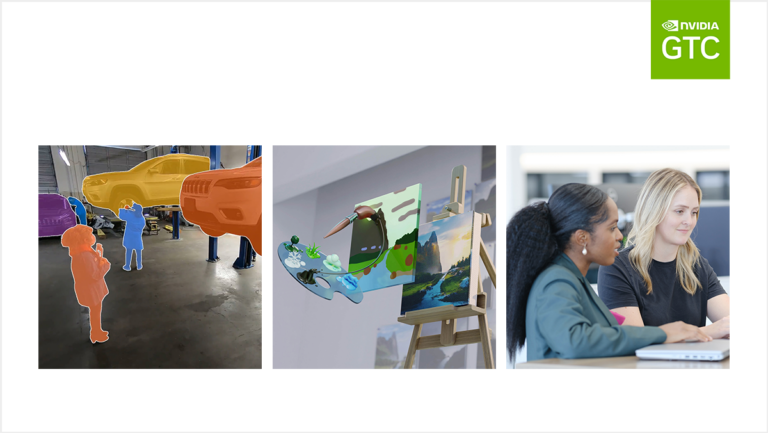 Missed GTC or want to replay your favorite training labs? Find it on demand with the NVIDIA GTC Training Labs playlist.
Missed GTC or want to replay your favorite training labs? Find it on demand with the NVIDIA GTC Training Labs playlist.
Missed GTC or want to replay your favorite training labs? Find it on demand with the NVIDIA GTC Training Labs playlist.
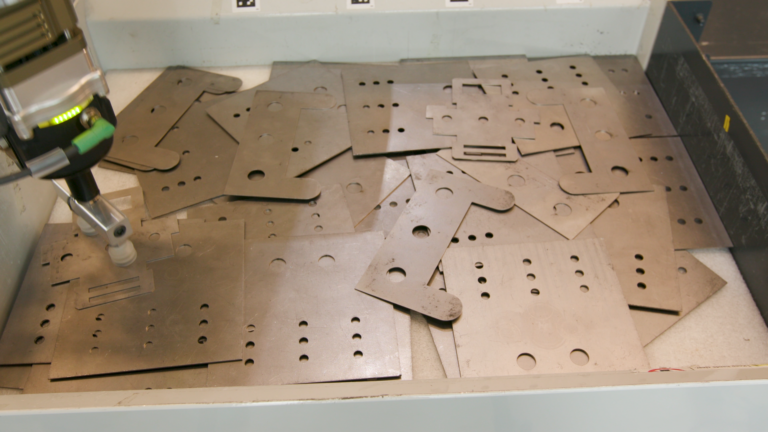 We are announcing our collaboration with Intrinsic.ai on learning foundation skill models for industrial robotics tasks. Many pick-and-place problems in…
We are announcing our collaboration with Intrinsic.ai on learning foundation skill models for industrial robotics tasks. Many pick-and-place problems in…
We are announcing our collaboration with Intrinsic.ai on learning foundation skill models for industrial robotics tasks. Many pick-and-place problems in industrial manufacturing are still completed by human operators as it is still challenging to program robots for these tasks. For instance, in a machine-tending setting, a collaborative robot could be used to pick raw material parts from a…
Intrinsic, a software and AI robotics company at Alphabet, has integrated NVIDIA AI and Isaac platform technologies to advance the complex field of autonomous robotic manipulation. This week at the Automate trade show, in Chicago, Intrinsic is spotlighting leaps in robotic grasping and industrial scalability assisted by foundation models enabled by NVIDIA Isaac Manipulator, unlocking
Read Article
Cybersecurity experts at the RSA Conference this week will be on the hunt for ways to secure their operations in the era of generative AI. They’ll find many of the latest tools use AI and accelerated computing. This intersection of security and AI is coming into focus with collaborations that companies like NVIDIA and its
Read Article
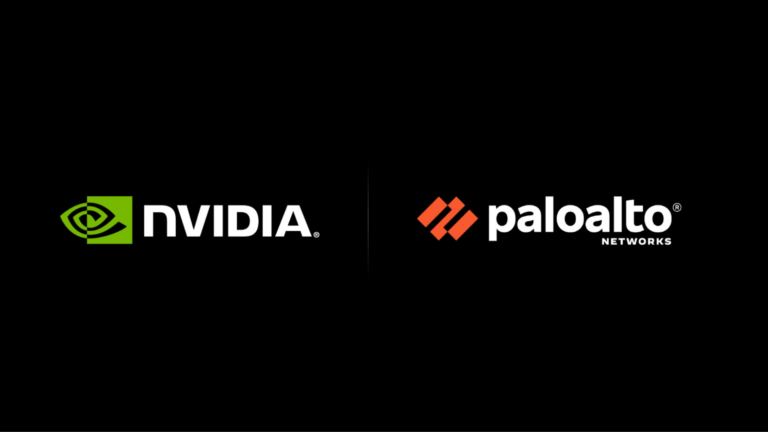 Securing the private 5G and applications at the edge comes with many challenges. Sophisticated AI– and ML-based attack campaigns require security to respond…
Securing the private 5G and applications at the edge comes with many challenges. Sophisticated AI– and ML-based attack campaigns require security to respond…
Securing the private 5G and applications at the edge comes with many challenges. Sophisticated AI– and ML-based attack campaigns require security to respond in real time. Palo Alto Networks’ security platform has been incorporating ML and AI technological breakthroughs over the years to ensure that real-time ML capabilities and AI-driven incident responses are autonomous.
Explainer: What Is a Vector Database?
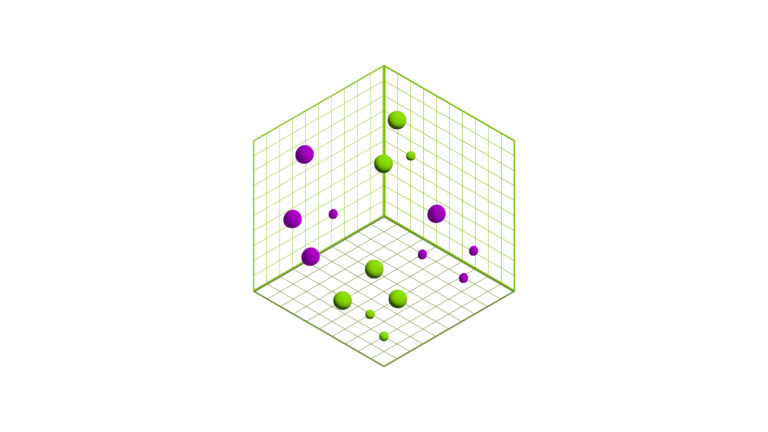 A vector database is an organized collection of vector embeddings that can be created, read, updated, and deleted at any point in time. Vector embeddings…
A vector database is an organized collection of vector embeddings that can be created, read, updated, and deleted at any point in time. Vector embeddings…
A vector database is an organized collection of vector embeddings that can be created, read, updated, and deleted at any point in time. Vector embeddings represent chunks of data, such as text or images, as numerical values.
Visual Language Intelligence and Edge AI 2.0
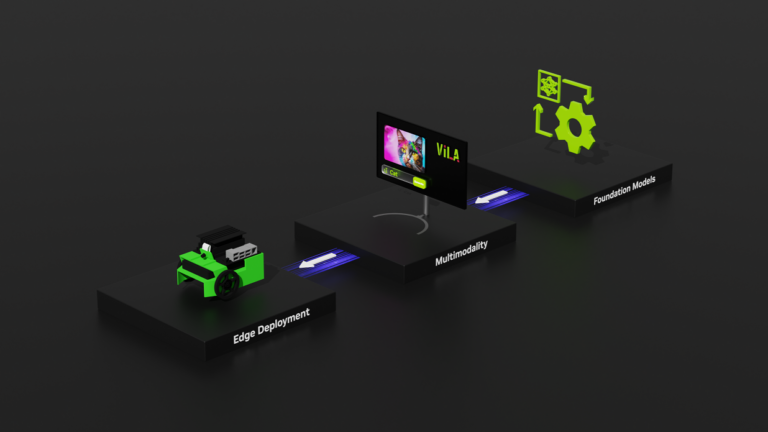 VILA is a family of high-performance vision language models developed by NVIDIA Research and MIT. The largest model comes with ~40B parameters and the smallest…
VILA is a family of high-performance vision language models developed by NVIDIA Research and MIT. The largest model comes with ~40B parameters and the smallest…
VILA is a family of high-performance vision language models developed by NVIDIA Research and MIT. The largest model comes with ~40B parameters and the smallest model comes with ~3B parameters. It is fully open source (including model checkpoints and even training code and training data). In this post, we describe how VILA performs against other models to deliver edge AI 2.0.
 Visual language models have evolved significantly recently. However, the existing technology typically only supports one single image. They cannot reason among…
Visual language models have evolved significantly recently. However, the existing technology typically only supports one single image. They cannot reason among…
Visual language models have evolved significantly recently. However, the existing technology typically only supports one single image. They cannot reason among multiple images, support in context learning or understand videos. Also, they don’t optimize for inference speed. We developed VILA, a visual language model with a holistic pretraining, instruction tuning, and deployment pipeline that…
